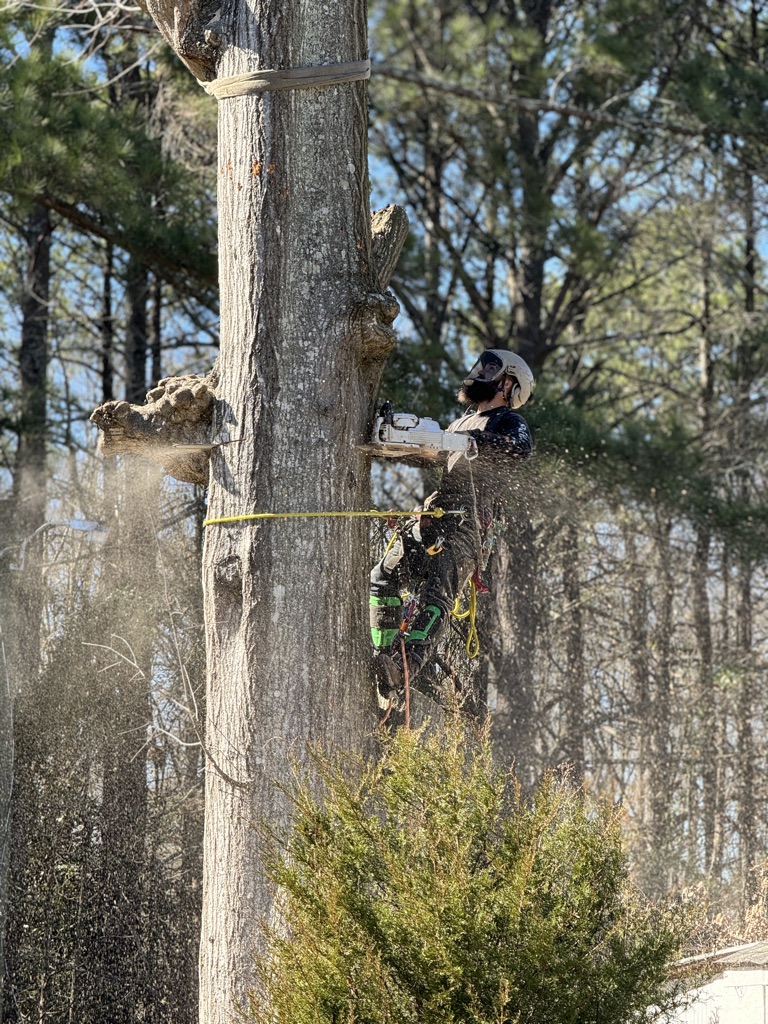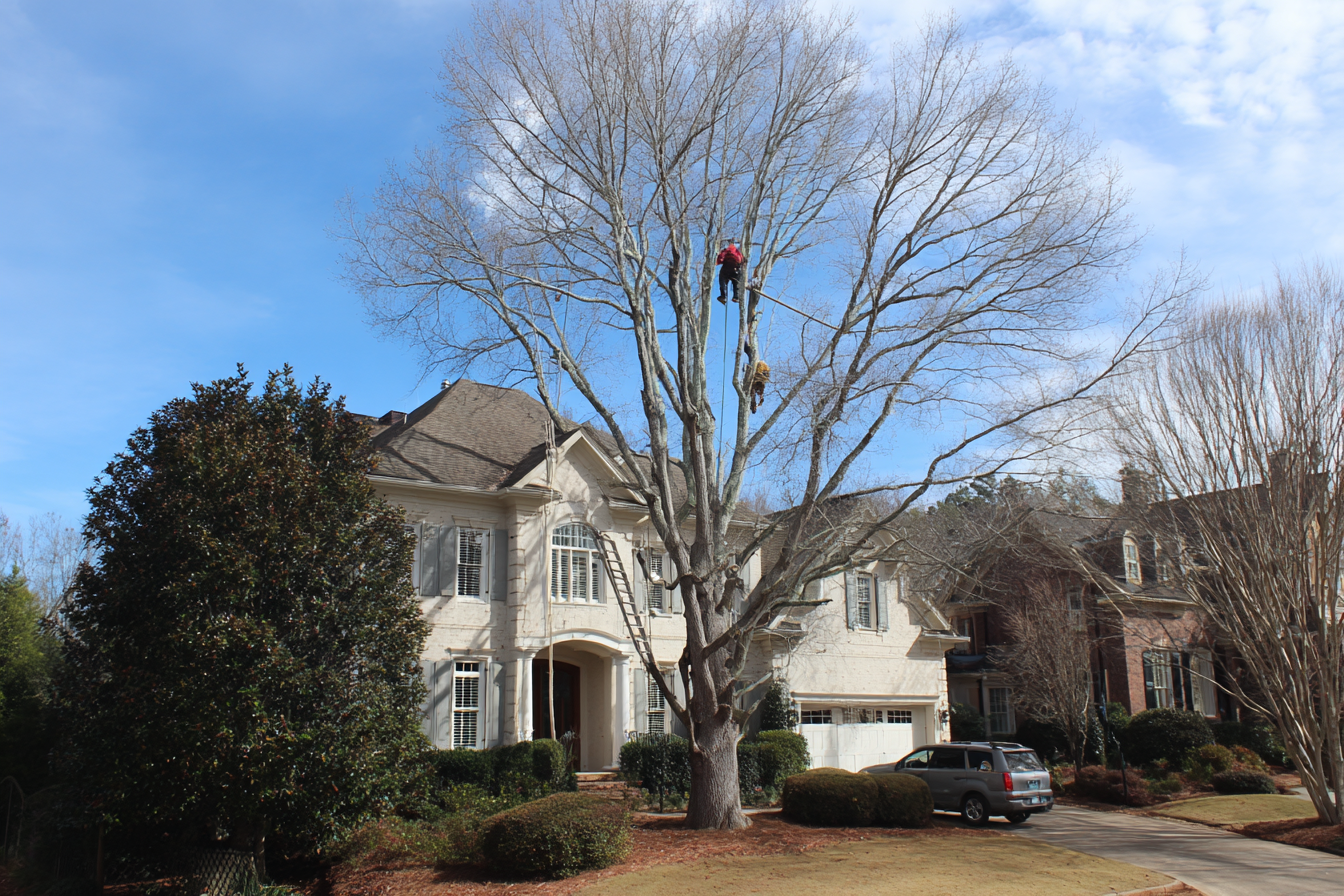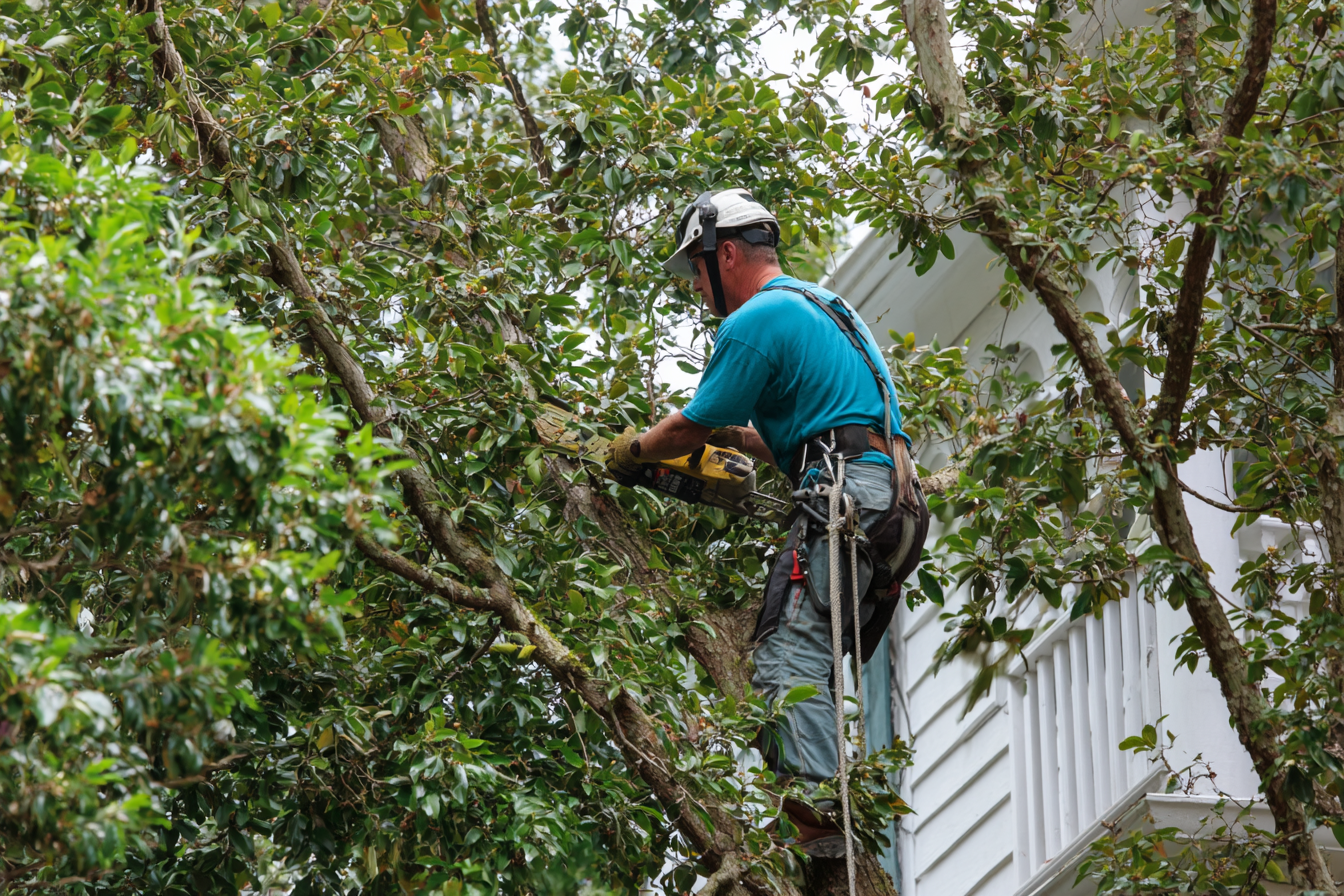How to Identify Trees That Need Immediate Pruning
Learn how to spot trees that need urgent pruning and avoid costly damage. Get expert tips from Georgia Pro Tree Services.

Trees offer beauty, shade, and long-term value to your property—but only if they’re maintained properly. Left unattended, even the healthiest-looking tree can become a serious liability. Overgrown limbs, hidden disease, or structural instability can turn a picturesque oak or pine into a source of costly damage or personal injury.
That’s why knowing how to identify trees that need immediate pruning is so critical for homeowners, property managers, and business owners across Georgia. At Georgia Pro Tree Services, we specialize in spotting the signs of tree distress early and acting quickly to preserve both your trees and your safety.
Whether you're prepping your yard for storm season or just concerned about an aging tree near your roofline, this guide will help you understand what to look for and when to take action.
Why Tree Pruning Should Never Be Delayed
Tree pruning is about much more than keeping a yard tidy. It plays a vital role in maintaining tree health, ensuring structural integrity, and reducing the risk of accidents. When done correctly, pruning:
- Removes hazardous branches before they fall
- Encourages healthy growth and better airflow through the canopy
- Helps shape the tree and control its size
- Prevents the spread of pests and disease
- Protects nearby structures like your home, garage, and fencing
Trees that are neglected over time become ticking time bombs—especially in regions like Georgia where strong storms and wind gusts are common throughout the year. Waiting too long to prune can lead to emergency removals, insurance claims, and even legal issues if a fallen limb injures someone or damages another property.
Recognizing the Most Urgent Tree Pruning Signs
Not every branch needs trimming, but certain signs demand immediate attention. These visual and structural indicators often point to deeper problems that, if left alone, will only get worse over time.
Dead or Dying Limbs
One of the most obvious signs a tree needs immediate pruning is the presence of dead wood. Branches that no longer produce leaves, even during peak growing seasons, are likely dead. Other red flags include peeling bark, brittle twigs that snap easily, and branches that appear hollow or discolored. Dead limbs can fall without warning and should be removed as soon as possible to prevent injuries or damage.
Cracked, Broken, or Hanging Branches
Severe weather, high winds, or even a heavy squirrel population can break branches unexpectedly. These broken limbs might still be partially attached to the tree, hanging dangerously overhead. Cracks in major limbs or near the trunk often signal internal damage that compromises the entire structure. Pruning these areas quickly reduces the chance of sudden failure.
Limbs Interfering with Structures or Power Lines
If branches are brushing against your siding, growing over your roof, or resting near utility lines, the situation requires urgent attention. Tree limbs that touch your house can strip shingles, damage gutters, or allow animals easy roof access. More critically, limbs near power lines pose a fire and electrocution risk, especially during wet weather. Professional pruning in these scenarios is not just recommended—it’s often required by local codes or utility companies.
Overgrowth Leading to Unbalanced Canopies
When one side of a tree grows heavier than the other, often due to sun direction or past pruning errors, the tree becomes unbalanced. This increases the risk of it toppling during storms or heavy rainfall. Trees that lean noticeably or have dense growth concentrated on one side should be evaluated and pruned for balance and stability.
Signs of Pests or Disease
Trees are living organisms and, like all plants, are susceptible to disease and infestation. If you notice unusual leaf discoloration, sudden leaf drop, boreholes in the bark, oozing sap, or visible fungi growing at the base, these are clear indications of stress. While pruning alone may not cure every condition, it's a critical step in stopping the spread and allowing the tree to heal.
Rapid and Uncontrolled Growth
Certain types of growth, like suckers at the base of the trunk or fast-growing water sprouts shooting straight upward from larger limbs, are signs that the tree is under stress. These shoots are typically weakly attached and can break easily, especially in strong wind. Prompt pruning redirects the tree’s energy back to healthier, more stable growth.
Visibility and Access Obstructions
Trees should add to your property, not limit its function or safety. Branches that block driveway sightlines, grow over walkways, or intrude into neighboring yards can cause accidents and tension. Pruning not only maintains a clean appearance but also ensures that paths, roads, and views remain open and safe.
Why DIY Tree Pruning Is Often a Mistake
While minor trimming might be manageable for a homeowner with a ladder and loppers, emergency or structural pruning should always be left to professionals. Without proper knowledge of tree biology, it’s easy to make mistakes that stress the tree further or create long-term damage. Cutting too much at once, removing the wrong limbs, or using dull tools can open the tree up to infection or weaken its structural integrity.
Worse still, working at heights or near power lines without proper safety equipment is incredibly dangerous. Tree pruning might look simple from the ground, but the risk of falling or electrocution is very real. Hiring a certified arborist ensures that both the tree and the people around it are safe during the process.
How Georgia’s Climate Affects Tree Pruning Needs
Georgia’s unique mix of weather patterns—ranging from hot, humid summers to intense storms and even ice in the winter—means trees here are under constant environmental stress. That makes proactive tree care even more important. Certain species like oak, pine, and magnolia are especially prone to storm damage if not regularly pruned.
In addition, Georgia’s mild winters mean trees can grow nearly year-round, increasing the likelihood of overgrowth or encroachment. Scheduling routine inspections and seasonal pruning can help you stay ahead of issues before they become emergencies.
How Georgia Pro Tree Services Can Help
Our team of certified arborists and skilled tree technicians understands the unique challenges of Georgia landscapes. We don’t just cut branches—we take a strategic approach to every pruning job. From diagnosing disease to shaping trees for long-term health, we bring decades of experience and top-tier equipment to every property we service.
We offer:
- Tree risk assessments
- Emergency pruning and storm cleanups
- Seasonal and preventative pruning plans
- Tree shaping and canopy thinning
- Removal of hazardous or dead trees when necessary
We also prioritize the health of your trees long after the job is done. Our pruning services are designed to extend the lifespan of your trees while keeping your family and property safe.
Don’t Wait for the Storm
Trees don’t give warnings before dropping a limb or toppling in a storm. If you’ve spotted dead branches, signs of disease, or any overgrowth near your home, it’s time to act. The sooner you schedule a professional tree pruning service, the more you can save—in money, time, and peace of mind.
Protect your home, your loved ones, and your investment in your landscape. Contact Georgia Pro Tree Services today to schedule a tree health inspection and expert pruning service.
Let us help you take care of your trees before they become a threat.

We're your local tree pros!
Georgia Pro Tree Services takes the highest quality of care when servicing your trees. Call us to find out how we can help you keep your yard in top shape.



